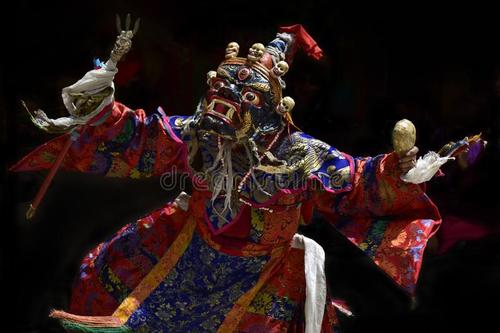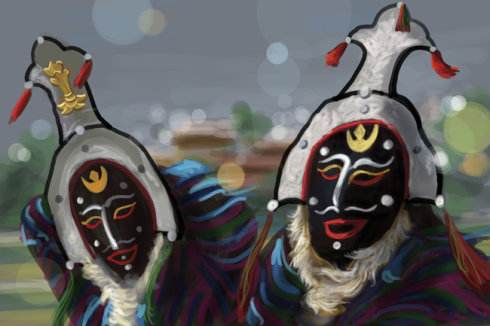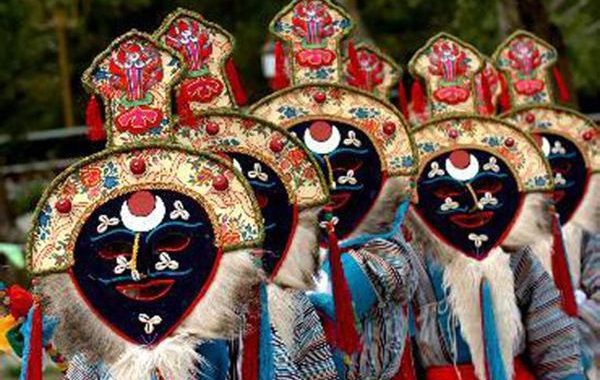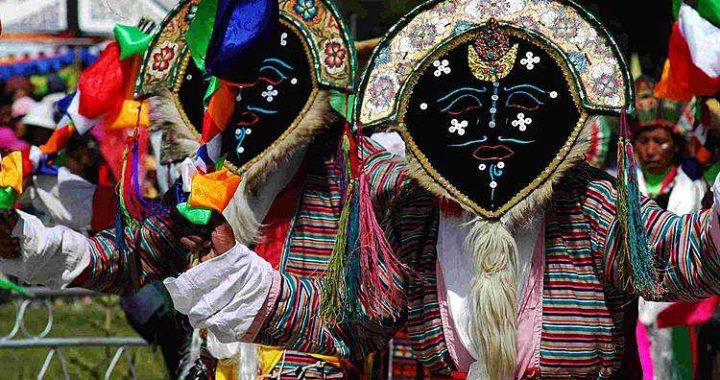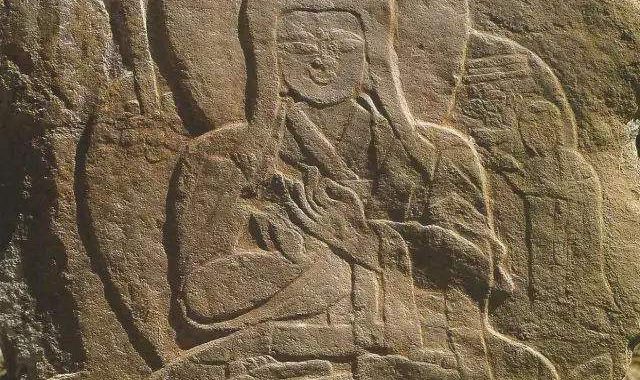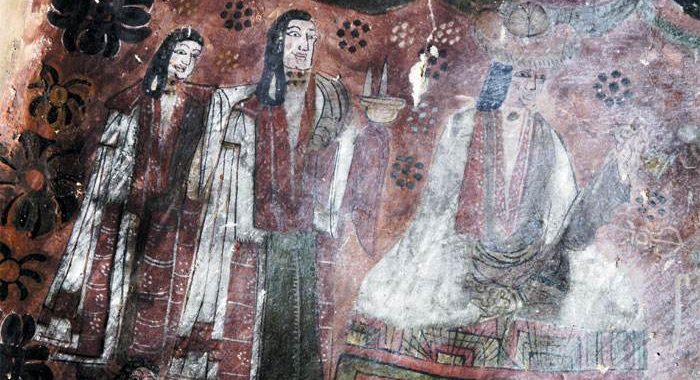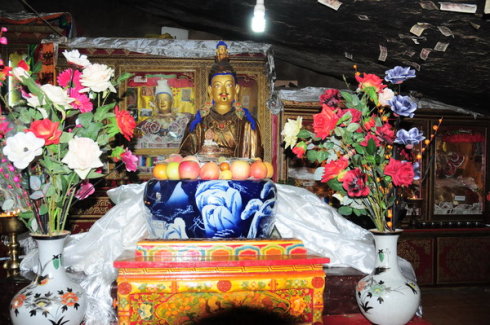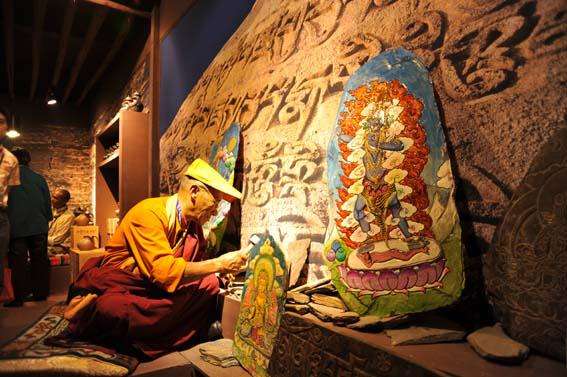“Xuan”-an ancient song and dance performance by Ngari women
2 min read“Xuan”in Zhangzhung language means singing and dancing. It is an ancient female song and dance form in Tibet, featuring unique and elaborate costumes, beautiful songs and graceful dancing. It is normally performed at folk or religious ceremonies and is popular in Zhada County, Burang County, Rutog County, and Gar County in Ngari.
The performance of”Xuan’
The performance of “Sima Cho”
“Xuan”can be divided into “Dun Xuan”and “Jia Xuan.”In the former, performers hold their hands in front of their bodies and in the latter, they have their hands behind their bodies. Only “Jia Xuan”is performed before an upper-class, living Buddhists audience because it was is disrespectful to hold hands in front of the body. The movements of “Xuan”highlight the bending and stretching of knees, raising and lowering of legs, and wingingthe upper bodies of the performers. The basic forms include a circle, semi-circle and dragon tail-wagging.
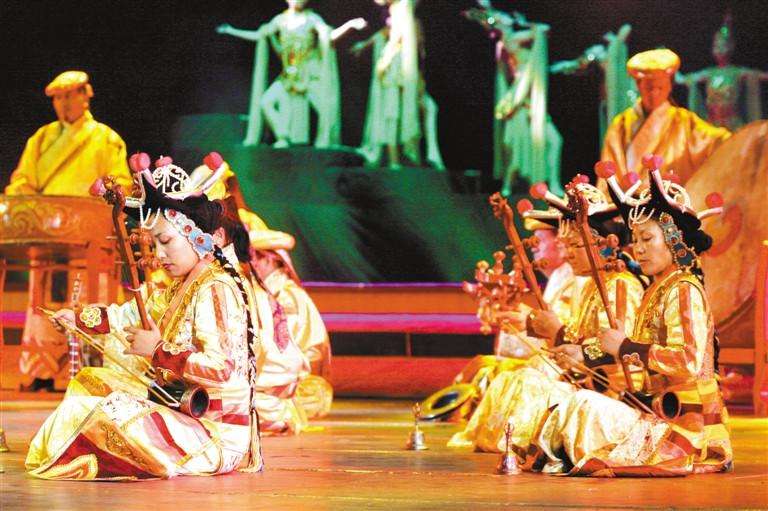
“A-cho”-drum singing and dancing
“A”means drum and “Cho”means dance; thus “A-cho”means drum dance, also known as”Cho”in short. Popular in various Tibetan areas, it is mainly divided into “Dopozhang Cho”and “Sima Cho.””Dopozhang Cho” is the dance in Dopozhang Township, Nedong County in Shannan Prefecture. In the past, residents had to fulfill their art duty to the phag-grub regime and Namgyal Dragsang of the Potala Palace by frequently performing at the completion ceremony of the Samye Monastery. When performing,”Ager”(lead dancer) starts the dance, followed by”Cho Ben’ (drum player) and other drummers. Led by Ager, the dancers stage 14 pieces in a prescribed order. It has five basic team forms: left-turning, semi-circle,X-shape, twisted-shape, and dragon tail wagging. The lyrics mainly describe the construction process of the Samye Monastery.
“Sima Cho”is a folk drum dance performed by the villagers of Sima Village, about 10km away from the south of Shigatse. It needs seven male performers, including a “Cho Ben,”who wears a mask, holds “Dada (colored arrow),”wears a long broadsword on the waist, and a “Xiabuzhan (made of elephant ivory)”on the thumb of the right hand, and a set of bells round his neck. Accompanied by the loud and clear music, they dance, first slowly, then to an energetic and unrestrained tempo.
